Certifications
Get an overview of the existing Kubernetes certifications and what you need to learn for the CKA.
Several certifications available 🔗
| Certification | Type | Badge |
|---|---|---|
| Kubernetes and Cloud Native Associate (KCNA) | MCQ | 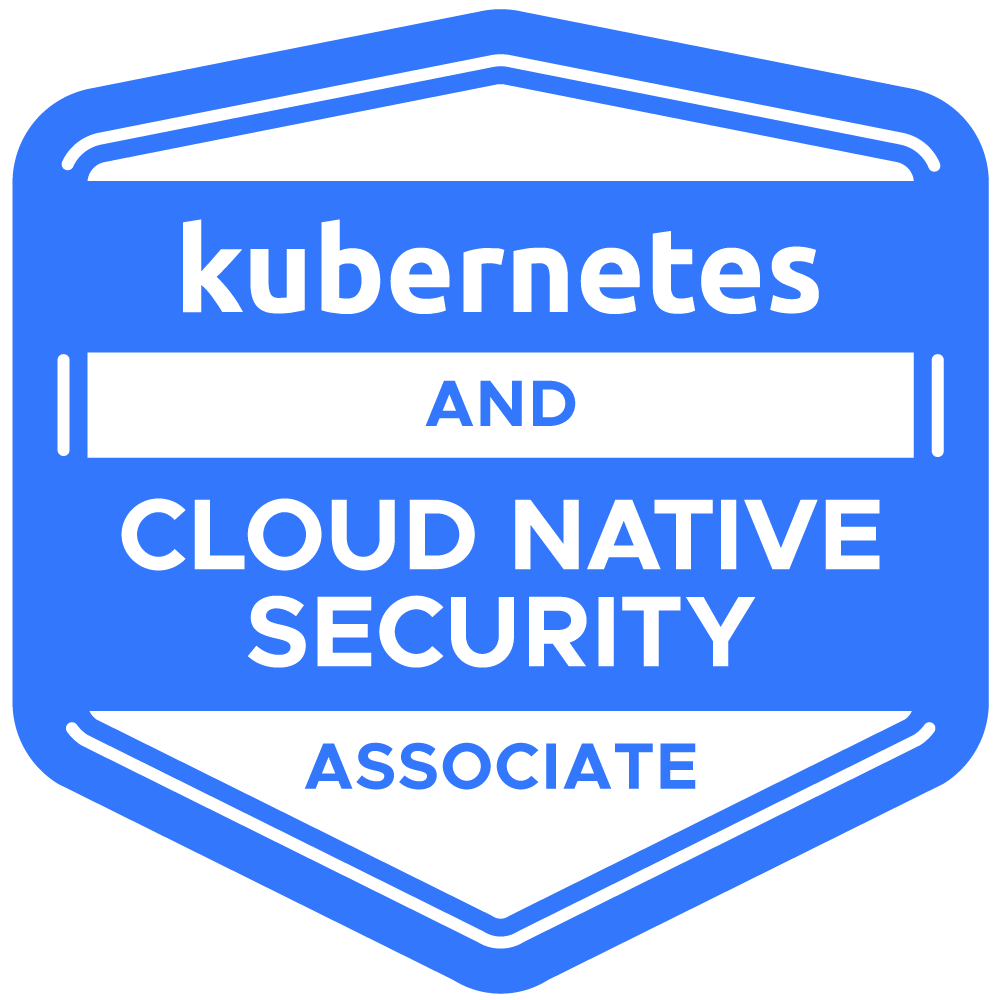 |
| Kubernetes and Cloud Native Security Associate (KCSA) | MCQ |  |
| Certified Kubernetes Application Developer (CKAD) | Practice | 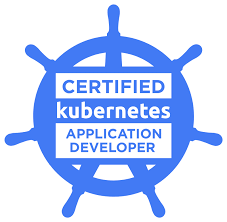 |
| Certified Kubernetes Administrator (CKA) | Practice | 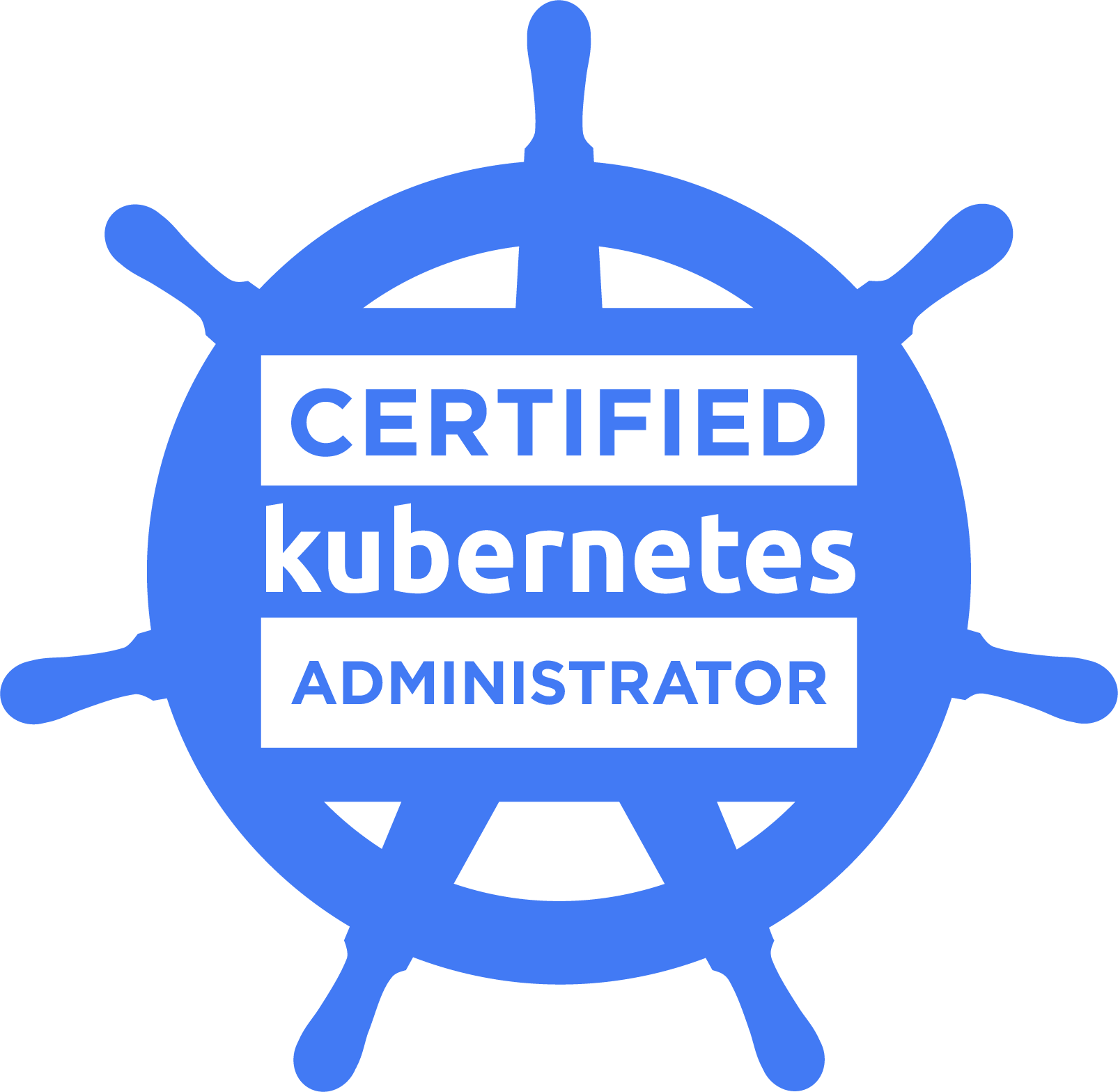 |
| Certified Kubernetes Security Specialist (CKS) *passing the CKA is a requirement before passing the CKS* | Practice | 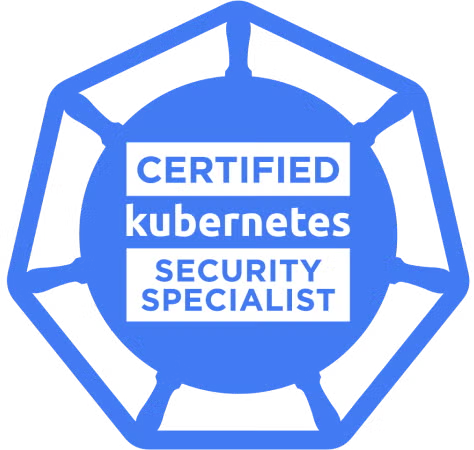 |
If you pass all those certifications, you become a Kubestronaut.
Expectation for the CKA 🔗
The following table summarizes the distribution of the CKA questions across 5 main subjects.
| Subject | % |
|---|---|
| Cluster Architecture, Installation & Configuration | 25% |
| Workloads & Scheduling | 15% |
| Services & Networking | 20% |
| Storage | 10% |
| Troubleshooting | 30% |
CKA Environment 🔗
The CKA is a 2h exam. It contains 15/20 questions and requires at least 66% correct answers. This exam is remotely proctored, so you can take it from home (or any other quiet location) at a time that best suits your schedule.
Before launching the exam, which you do via your Linux Foundation Training Portal, you need to perform a couple of prerequisites including making sure the PSI Browser works correctly on your environment. This browser gives you access to the remote Desktop you’ll use during the exam.
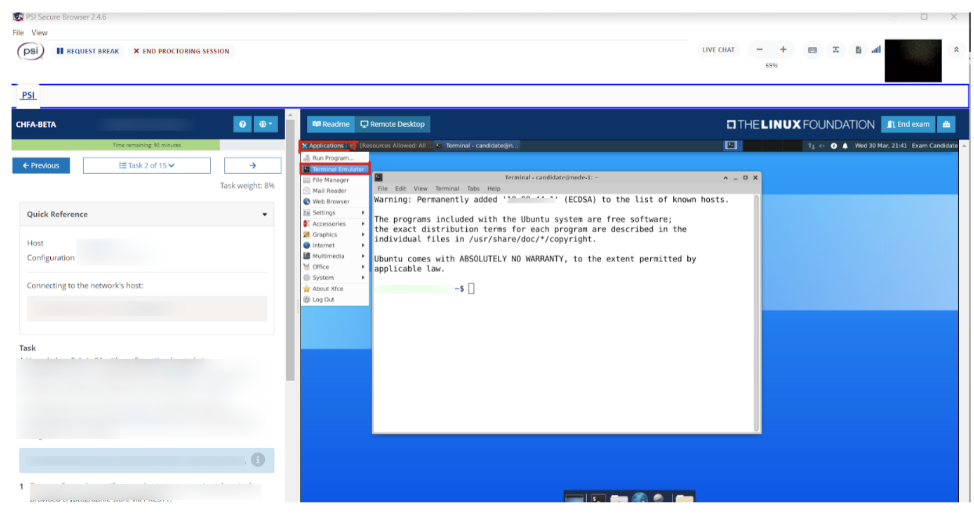
Tips & tricks 🔗
Tools 🔗
Make sure you have a basic knowledge of
- vim
- openssl
# Visualize the content of a certificate
openssl x509 -in cert.crt -noout -text
- systemd / systemctl / journalctl
# Restart kubelet
systemctl restart kubelet
# Check kubelet logs
journalctl -u kubelet
Aliases 🔗
Defining a couple of aliases at the very beginning of the examination could save time.
alias k=kubectl
export dr="--dry-run=client -o yaml"
export fd="--grace-period=0 --force"
Imperative commands 🔗
Don’t create specifications manually, instead use --dry-run=client -o yaml as in these examples.
k run nginx --image=nginx:1.20 --dry-run=client -o yaml > pod.yaml
k create deploy www --image=nginx:1.20 --replicas=3 --dry-run=client -o yaml > deploy.yaml
k create role create-pod --verb=create --resource=pods --dry-run=client -o yaml > role.yaml
Quickly change the current Namespace.
k config set-context --current --namespace=dev
Don’t wait for the grace period to get rid of a Pod.
k delete po nginx --force --grace-period=0
Reference guide 🔗
The Kubectl quick reference guide is a must-read.
Access to exam simulator 🔗
Registering for the CKA gives you access to two sessions of the official Exam simulator. I highly recommend using these sessions once you’re almost ready.